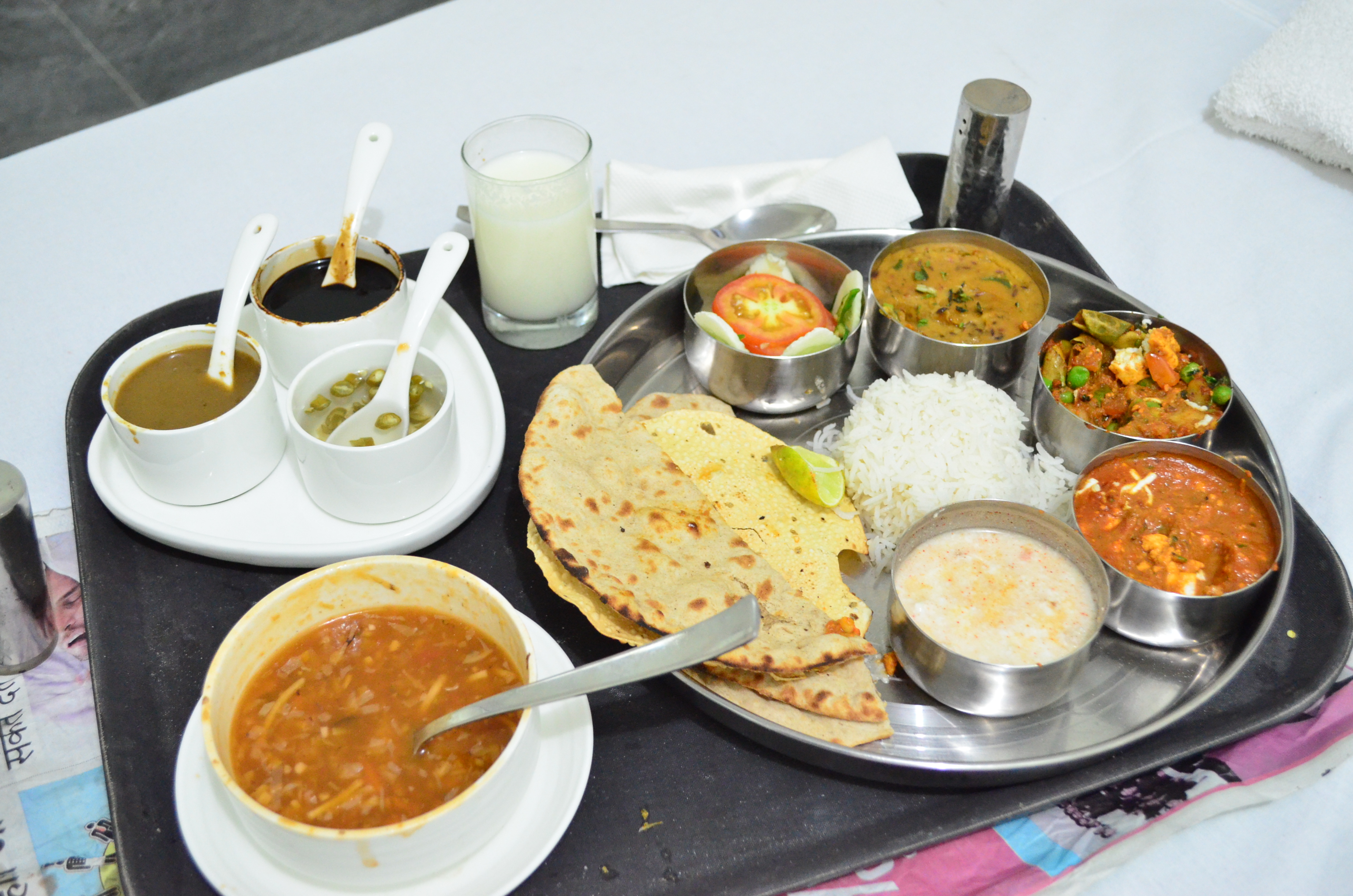 |
| Welcome To India A.Savin, FAL, via Wikimedia Commons The Gateway of India in Mumbai, India |
INTRODUCTION
India has long been one of the world’s most captivating travel destinations—a land where ancient civilizations, vibrant cultural traditions, and breathtaking geography meet in a symphony of color and experience.
Travelers from every corner of the globe arrive with curiosity and leave with memories that last a lifetime.
Whether it is the architectural grandeur of the Taj Mahal, the serenity of the Himalayan foothills, or the warmth of Indian hospitality, the country offers something profoundly enriching for every kind of visitor.
Among the countless motivations to travel to India, three stand out more powerfully than the rest: its extraordinary cultural heritage, its unparalleled natural diversity, and its transformative spiritual experiences. Together, these three reasons form a compelling invitation for anyone seeking discovery, inspiration, or adventure.
1. India’s Extraordinary Cultural Heritage
One of the most compelling reasons to visit India is its vast and mesmerizing cultural heritage. Few countries on Earth can match India’s long historical timeline, which stretches back more than 5,000 years. The richness of Indian culture is not confined to museums or textbooks; it lives and breathes in its architecture, festivals, daily customs, languages, and artistic traditions.
 |
| Dhirad, CC BY-SA 3.0, via Wikimedia Commons Taj Mahal, Agra, India. |
A. Architectural Marvels and Historic Monuments
India’s architectural legacy reflects the diversity of the empires and dynasties that ruled its land—Hindu kingdoms, Mughal emperors, Rajput warriors, Buddhist monks, and colonial powers.
Each left behind a unique aesthetic imprint, resulting in an incredible array of monuments and historical sites.
The Taj Mahal in Agra, a UNESCO World Heritage Site, continues to symbolize the grandeur of Mughal architecture and remains one of the most visited landmarks in the world. Beyond its striking white marble façade, its story of love and loss gives it emotional depth that visitors often find deeply moving.
Equally impressive are the temples of Khajuraho, known for their exquisite, intricate carvings; the Meenakshi Temple in Madurai, a riot of colors and mythology; the Rajput forts and palaces of Rajasthan; and the ancient Buddhist caves of Ajanta and Ellora, whose art and architecture date back over two millennia.
 |
| Bharathanaatyam Shagil Kannur, CC BY-SA 4.0, via Wikimedia Commons |
B. Festivals and Cultural Celebrations
India’s festivals are perhaps the strongest living expression of its cultural vibrancy.
No matter the time of year, there is a celebration happening somewhere.
Visitors can witness the dazzling lights and joy of Diwali, the exhilarating color explosion of Holi, the spiritual devotion of Kumbh Mela, or the rhythmic energy of Navratri.
These events are far more than just spectacles—they offer opportunities for travelers to participate in rituals, taste traditional foods, and experience the warmth of Indian community life.
Every festival tells a story of faith, change, and continuity, connecting the past to the present.
 |
| Typical Veg North Indian Thali Prav2991993, CC BY-SA 4.0, via Wikimedia Commons |
C. Diverse Languages, Arts, and Cuisine
India’s cultural richness is also expressed in its languages (over 19,500 dialects), classical music traditions, dance forms such as Bharatanatyam and Kathak, and its varied regional cuisines.
Food alone is a remarkable reason to visit India; each state boasts a distinct culinary identity influenced by geography, history, and local produce.
Visitors can savor everything from the aromatic biryanis of Hyderabad to the spicy curries of Kerala, the delicate sweets of Bengal, and the hearty wheat-based dishes of Punjab. Culinary tourism has flourished as travelers increasingly seek authentic, regional flavors.
In short, India’s cultural heritage is not just something you observe—it is something you feel, taste, hear, and live. Anyone looking to understand human creativity, resilience, and tradition will find India an endlessly rewarding destination.
If any tourists need any help, here is the official website of the Government of India to guide the domestic and foreign tourists: India Tourism Development Corporation (ITDC)
 |
| Nandan, CC BY-SA 4.0, via Wikimedia Commons Dancing peackock in Jim Corbett |
2. India’s Unparalleled Natural Diversity
Another major reason to visit India is the astonishing diversity of its landscapes.
From the majestic, snow-capped peaks of the Himalayas in the north to the sun-drenched, palm-fringed beaches of the southern coastline, India offers a breathtaking tapestry of geographical contrasts.
This vast nation encompasses virtually every type of terrain and climate zone imaginable. One can travel from the humid, verdant rainforests of the Western Ghats—teeming with unique flora—to the arid, shifting golden dunes of the Thar Desert, all within the same borders.
This extraordinary diversity makes the country an absolute paradise for nature lovers, adventure seekers, and wildlife enthusiasts. Whether it is tracking the elusive Bengal tiger on a jungle safari, trekking through rugged mountain passes, or finding serenity by the azure waters of the Indian Ocean, the land provides endless opportunities for exploration. India is not just a destination; it is a vibrant showcase of nature’s limitless variety, promising an unforgettable experience for every type of traveler.
 |
| Vishalmgs, CC BY-SA 4.0, via Wikimedia Commons Dal Lake in Srinagar, Jammu and Kashmir, India. |
A. Mountains, Hills, and Himalayan Adventures
The Indian Himalayan region is one of the most beautiful places in the world, offering serene monasteries, scenic trekking routes, and opportunities for mountaineering and meditation retreats.
Destinations like Kashmir, Ladakh, Himachal Pradesh, Uttarakhand, and Sikkim draw travelers who seek fresh air, quiet villages, and breathtaking vistas.
For adventure tourists, India’s mountains offer trekking, white-water rafting, skiing, paragliding, and wildlife camping.
Meanwhile, those who prefer tranquility can enjoy lush hill stations like Darjeeling, Shimla, and Ooty, where misty mornings, tea gardens, and colonial charm make for a relaxing stay.
 |
| Asiatic Lion, Gir Reserve Forest, India M1shra at English Wikipedia, Public domain, via Wikimedia Commons |
B. Forests, National Parks, and Wildlife Sanctuaries
India is home to some of the most biologically diverse ecosystems on the planet. With over 100 national parks and 500 wildlife sanctuaries, the country offers incredible opportunities for safaris and nature exploration. Visitors can witness:
-
Royal Bengal tigers in Sundarbans or Ranthambore
-
Asiatic lions in Gir National Park
-
Elephants, rhinos, and leopards in the forests of Assam
-
Colorful birdlife across the wetlands of Bharatpur
Eco-tourism has risen in India, with travelers increasingly seeking sustainable experiences that preserve wildlife and support local communities.
 |
| Backwater Ferry, Kerala Liji Jinaraj from San Francisco, USA, CC BY-SA 2.0, via Wikimedia Commons |
C. Beaches, Islands, and Coastal Beauty
India’s coastline stretches for more than 7,500 kilometers, offering pristine beaches, coral reefs, and charming fishing villages. The beaches of Goa, Kerala, and Andhra Pradesh are perfect for relaxation, water sports, and vibrant nightlife.
The secluded, breathtaking islands of Andaman and Nicobar and Lakshadweep attract scuba divers and snorkelers with their crystal-clear waters and abundant marine life.
D. Deserts, Valleys, and Unique Landforms
The Thar Desert in Rajasthan offers camel safaris, desert camps, and rich folk culture. Meanwhile, extraordinary landforms like the Valley of Flowers, the Rann of Kutch, and the backwaters of Kerala provide one-of-a-kind travel experiences that cannot be replicated anywhere else in the world.
Visitors seeking natural beauty, environmental diversity, or adventure will find India’s landscapes not just spectacular but transformative.
3. India’s Deeply Transformative Spiritual Experiences
The third major reason to visit India is its profound spiritual heritage. India is not only the birthplace of four major religions—Hinduism, Buddhism, Jainism, and Sikhism—but also a modern-day hub for yoga, meditation, and holistic healing.
For thousands of years, travelers, scholars, and seekers have come to India searching for inner peace, wisdom, enlightenment, and self-discovery.
A. Birthplace of Yoga and Meditation
Yoga, which originated in ancient India, has become a global phenomenon—but its most authentic forms can still be experienced only in India. Cities like Rishikesh, known as the “Yoga Capital of the World,” offer immersive ashram experiences, teacher training programs, and riverside meditation sessions along the sacred Ganges.
Meditation centers and wellness retreats across the Himalayas, Maharashtra, and Kerala offer programs combining mindfulness, Ayurveda, breathwork, and yogic philosophy. Visitors often describe these experiences as life-changing.
 |
| Indian Airlines Julian Herzog, CC BY 4.0, via Wikimedia Commons |
B. Sacred Cities and Pilgrimage Routes
India is dotted with spiritual landmarks that attract millions of visitors each year:
-
Varanasi, one of the world’s oldest continuously inhabited cities
-
Bodh Gaya, where the Buddha attained enlightenment
-
Amritsar, home to the Golden Temple
-
Haridwar and Rishikesh, gateways to the Himalayas and the Ganges
-
Tirupati, one of the most visited temples in the world
Walking through these sacred places offers more than sightseeing—it provides a sense of connection, grounding, and reflection.
C. Ayurveda and Holistic Healing
India’s traditional medical system, Ayurveda, has been practiced for over 3,000 years. Wellness travelers are increasingly visiting India for Ayurvedic treatments, detox programs, massages, and holistic therapy. Kerala is especially popular for its lush resorts and specialized healing centers.
These spiritual and wellness traditions offer travelers a chance to rejuvenate not just physically but mentally and emotionally, making India a powerful destination for personal transformation.
 |
| Vande Bharat Express Economy Chair Car (interior) GKP77, CC BY-SA 4.0, via Wikimedia Commons |
Conclusion: A Destination That Changes You
India is more than a place you visit—it is a place you experience, absorb, and carry with you. Whether you come for its rich cultural traditions, breathtaking natural landscapes, or transformative spiritual practices, India has a way of touching the soul and expanding one’s perspective.
In a world of fast travel and fleeting impressions, India offers something rare: depth. It invites travelers to slow down, explore meaningfully, and immerse themselves in a civilization that embraces diversity, honors its past, and lives vibrantly in the present.
For these three reasons—its extraordinary cultural heritage, its unparalleled natural diversity, and its profound spiritual experiences—India remains an essential destination for anyone seeking adventure, beauty, or personal insight. A journey to India is not just a trip; it is a story, a lesson, and often, a turning point.
Let India surprise you, challenge you, inspire you, and welcome you. It is a destination that truly must be experienced at least once in a lifetime.
No comments:
Post a Comment